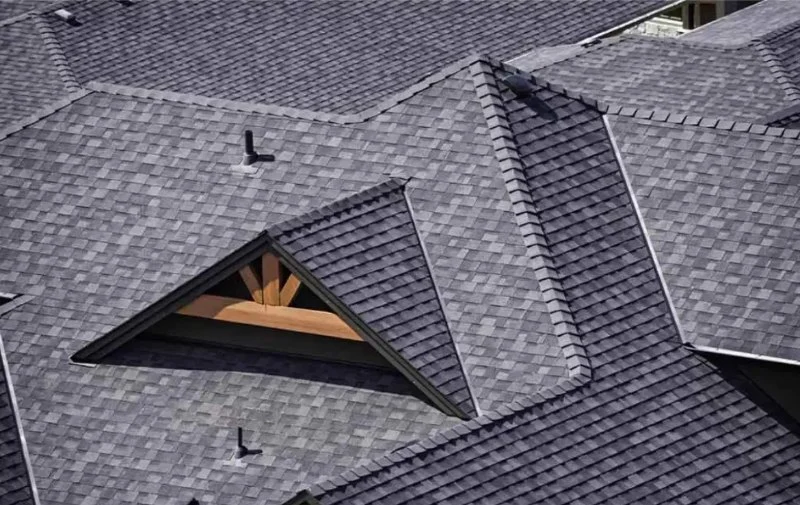
- 1-What Is Roof Flashing?
- 2-Why Flashing Is Important for Your Roof
- 3-Different Types of Roof Flashing
- 4-How to Maintain Roof Flashing
- 5-Real Life Example: The Role of Flashing in Roof Leaks
- 6-Conclusion
1. What Is Roof Flashing?
Roof flashing is a material installed around various roof features to direct water away and prevent leaks. It is typically made from metal or plastic and is used around chimneys, skylights, vents, and other areas where the roof meets another surface. Flashing ensures that water flows over or around these areas, rather than seeping in, which can cause significant damage over time.
2. Why Flashing Is Important for Your Roof
Flashing is one of the most crucial elements for safeguarding the integrity of your roof. Without properly installed flashing, water can infiltrate the vulnerable points of your roof, leading to leaks and extensive damage. Even small leaks can cause serious structural issues, mold growth, and wood rot. As such, roof flashing is essential for:
- Preventing water penetration in vulnerable areas
- Maintaining the long-term durability of your roof
- Protecting the structural integrity of your home
- Reducing maintenance costs over time
Proper flashing installation and regular maintenance ensure that your roof stays durable and free from leaks. This is especially important in areas like Canada, where weather conditions can be harsh, with heavy snow and rain putting extra stress on the roof.

Custom Contracting Burlington Roofing & Eavestrough Repair Burlington / eavestrough burlington
BurlingtonRegional Municipality of HaltonOntario
687 Waterloo St, Burlington, ON L7R 2S9, Canada
3. Different Types of Roof Flashing
There are several types of roof flashing, each designed for specific parts of your roof. Below are the most common types:
- Step Flashing: Used around chimneys and walls, step flashing helps direct water away from vertical surfaces.
- Continuous Flashing: Also known as apron flashing, this type is used along the edges of a roof to protect against water flow.
- Valley Flashing: Installed in the valleys of your roof, where two roof slopes meet. This type of flashing prevents water from pooling and causing damage.
- Skylight Flashing: Specifically designed for skylights, this flashing keeps water from leaking around the skylight’s edges.
Each of these flashing types serves a different purpose, but together they work to protect the roof from the damaging effects of water infiltration.
4. How to Maintain Roof Flashing
Maintaining roof flashing is essential to ensure that it continues to do its job. Here are some tips to keep your flashing in top condition:
- Inspect regularly: Check your flashing for signs of damage or wear, such as cracks, rust, or missing pieces. Regular inspection can help you spot issues early before they turn into costly repairs.
- Seal gaps: If you notice any gaps or openings around the flashing, seal them immediately to prevent water from entering.
- Clean debris: Ensure that leaves, moss, and other debris do not accumulate around the flashing, as this can interfere with its effectiveness.
- Professional inspection: Consider having a professional roofing service, such as Pickering Roofing, conduct a thorough inspection to ensure that your flashing is in optimal condition.
Taking these steps will help prolong the lifespan of your roof and prevent major damage caused by leaks.
5. Real Life Example: The Role of Flashing in Roof Leaks
Let’s take a look at a real-life example. A homeowner in Ontario experienced recurrent leaks around their chimney despite multiple roof repairs. After a professional inspection by Pickering Roofing, it was discovered that the flashing around the chimney was improperly installed. Water had been seeping into the home, causing significant damage to the walls and ceiling. Once the flashing was replaced with high-quality materials, the leaks stopped, and the integrity of the roof was restored.
This case highlights the importance of flashing in preventing leaks and ensuring that your roof remains functional in the long term. Without proper flashing, even the most well-maintained roof can be vulnerable to water damage.
6. Conclusion
Flashing plays an essential role in the protection and longevity of your roof. Whether you live in a region with heavy snow and rainfall or enjoy clear skies, flashing helps safeguard your roof from water damage. Regular maintenance and proper installation can save you from costly repairs in the future. If you're unsure about the condition of your roof’s flashing, don't hesitate to reach out to experts like Pickering Roofing to ensure your roof remains in top shape for years to come.



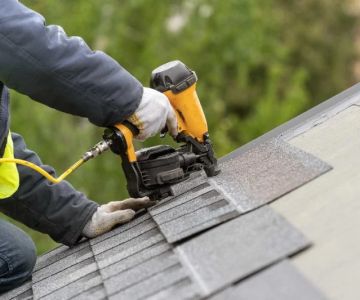
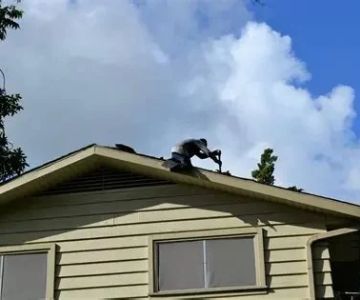
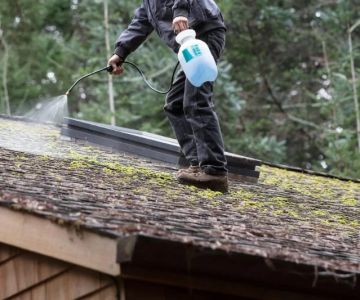
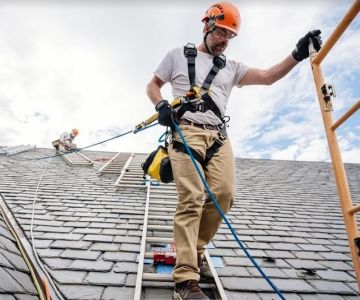

 Primo Roofing4.0 (9 reviews)
Primo Roofing4.0 (9 reviews) Above It All Roofing Inc5.0 (34 reviews)
Above It All Roofing Inc5.0 (34 reviews) Kitchener Affordable Roofing3.0 (3 reviews)
Kitchener Affordable Roofing3.0 (3 reviews) Aqwa Building Solutions4.0 (19 reviews)
Aqwa Building Solutions4.0 (19 reviews)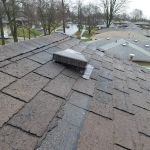 Living My Dream Roofing4.0 (21 reviews)
Living My Dream Roofing4.0 (21 reviews) ARF EXTERIOR CONSTRUCTION INC.0.0 (0 reviews)
ARF EXTERIOR CONSTRUCTION INC.0.0 (0 reviews) How Much Does a New Roof Cost in 2025? Canadian Roofing Price Guide
How Much Does a New Roof Cost in 2025? Canadian Roofing Price Guide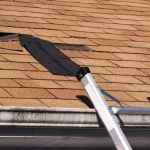 Top Signs Your Roof Has a Leak and What to Do About It in Canada
Top Signs Your Roof Has a Leak and What to Do About It in Canada Can You Install a New Roof Over an Old One in Canada?
Can You Install a New Roof Over an Old One in Canada? The Top Questions to Ask Before Hiring a Roofer in Canada
The Top Questions to Ask Before Hiring a Roofer in Canada What Are the Most Common Roofing Scams and How to Avoid Them in Canada
What Are the Most Common Roofing Scams and How to Avoid Them in Canada How to Prepare Your Home for a Roofing Project in Canada
How to Prepare Your Home for a Roofing Project in Canada